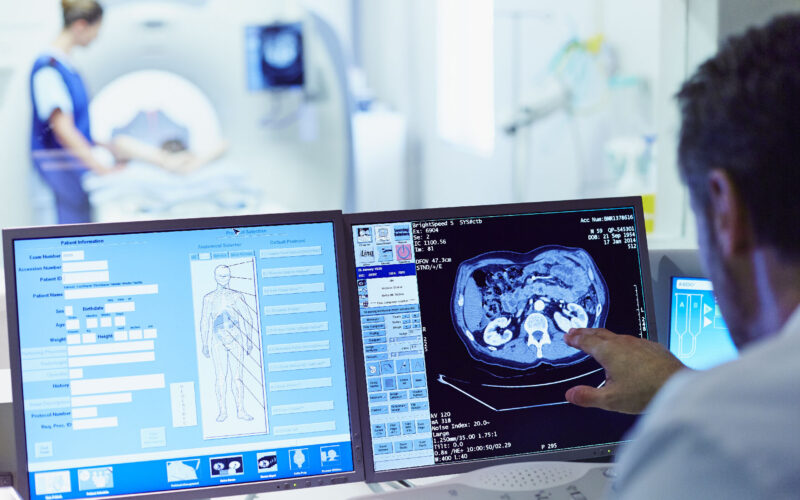Intracranial aneurysms
Intracranial aneurysm, Risk prediction, Subarachnoid hemorrhage
Research aim
We aim to increase insights in underlying disease processes, improve detection of patients at high risk of developing aneurysms, ameliorate prediction of rupture and treatment risks, and optimize treatment outcomes.
About us
Approximately 3% of the adults has an unruptured intracranial aneurysm. The most important risk factors for developing intracranial aneurysms are female sex, smoking, hypertension, and positive family history. With the increasing use and quality of brain imaging, more and more intracranial aneurysms are detected. If an intracranial aneurysm ruptures, this results in subarachnoid hemorrhage which is a severe type of stroke. The detection of an unruptured intracranial aneurysm offers the opportunity for preventive aneurysm treatment, but this also carries a risk of complications, Therefore, it is important to identify the aneurysms at high risk of rupture. For this, we need to increase insights in underlying disease processes, improve detection of patients at high risk of developing aneurysms, and ameliorate prediction of rupture and treatment risks. When an aneurysm rupture does occur, we strive to optimize treatment outcomes. We have extensive collaborations within the UMC Utrecht, the Netherlands, and internationally.


